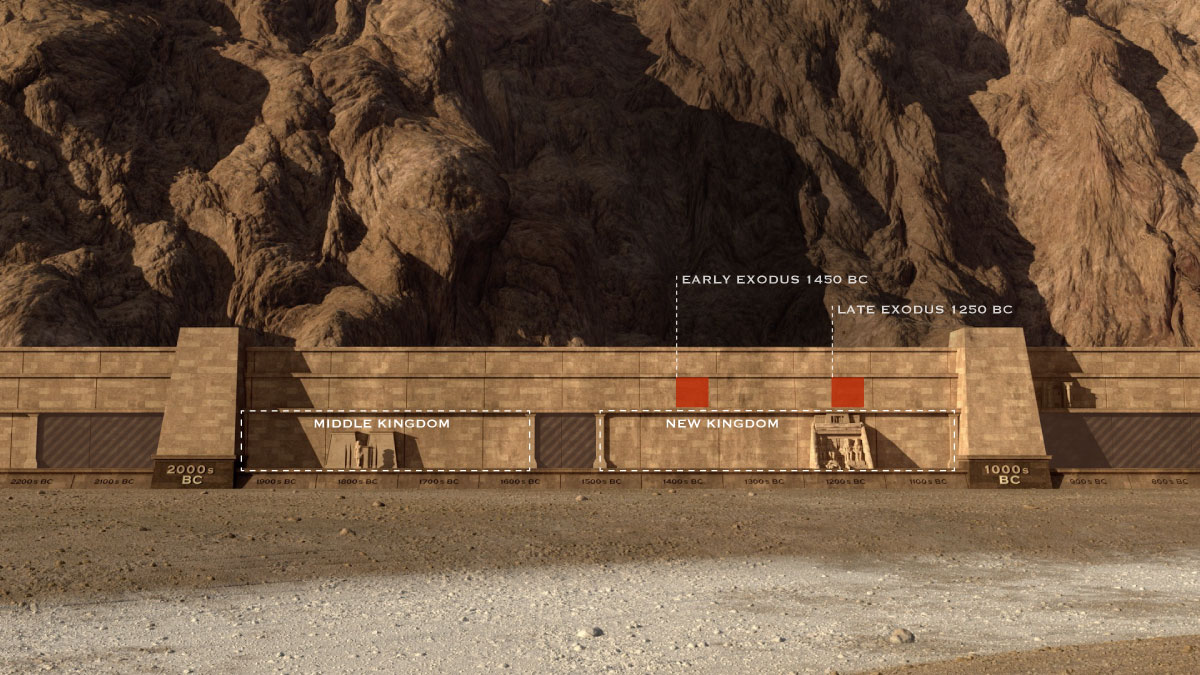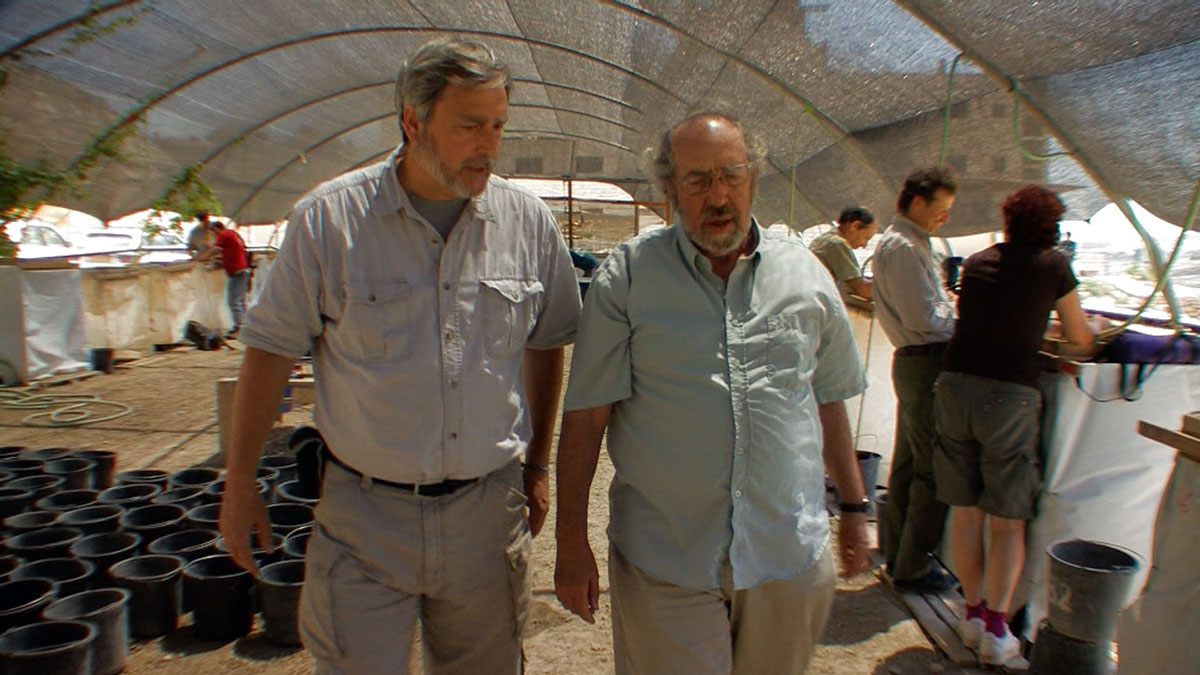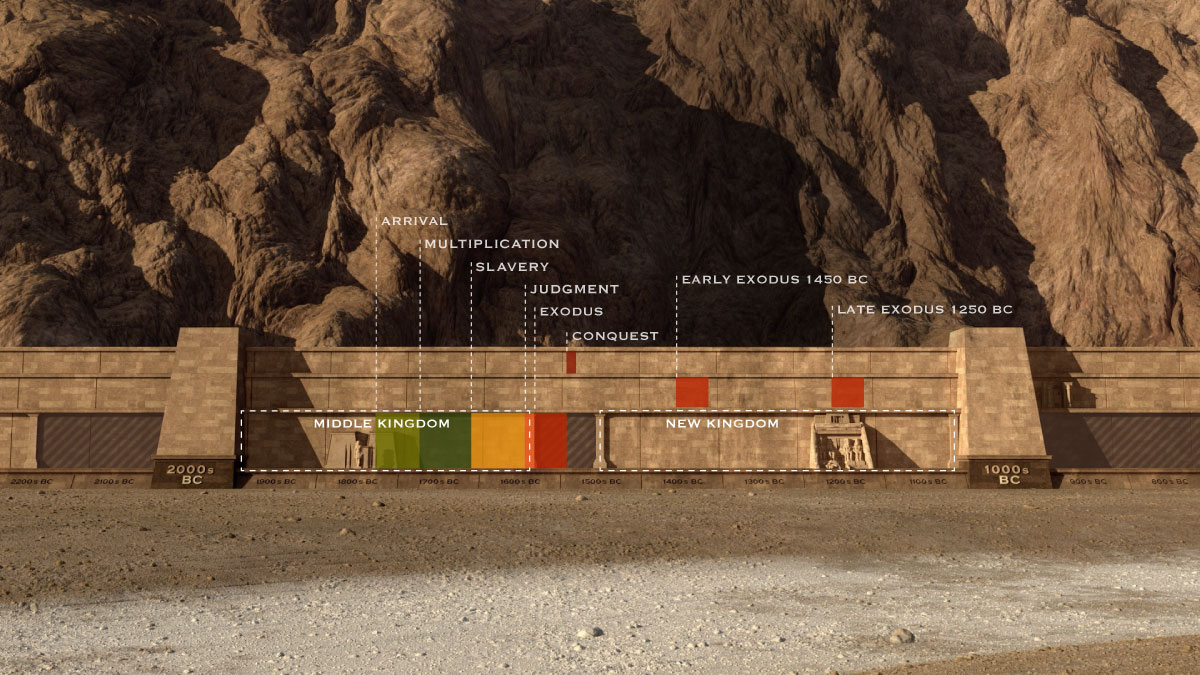by
Damien F. Mackey
“The Egyptian
hieroglyphics revealed the name of Thutmose III,
one of the
most powerful pharaohs in Egypt’s history”.
Steve Law
We might expect some archaeological evidence for pharaoh Thutmose III in Jerusalem since he was in fact the biblical “Shishak king of Egypt” about whom we read in I Kings 14:25-26:
During the fifth year Rehoboam was king, Shishak king of Egypt came against Jerusalem. He took the treasures from the Temple of the Lord and the king’s palace. He took everything, even the gold shields Solomon had made.
Recently I have modified my previous efforts regarding this Velikovskian connection between the Bible and Egypt in my article:
Biblical “Shishak king of Egypt”
In my revised system, with
King Solomon locked in chronologically and historically as Senenmut (Senmut) of
Egypt’s Eighteenth Dynasty, during the reign of the female, Hatshepsut, the
only plausible candidate for the biblical “Shishak king of Egypt”, who looted
the Temple of Yahweh about five years after Solomon’s death, is Thutmose III,
who co-reigned with, and who succeeded, Hatshepsut.
Steve Law writes
of the exciting find in his article, “Egyptian Amulet Found in Jerusalem Holds Clue to
Exodus – Part 1 (2016)”:
Neshama Spielman, 12, was 8 years old when she found the amulet
during a dig inside the Emek Tzurim national park
In 2011, eight-year-old Neshama Spielman
discovered a rare ancient Egyptian amulet, while working at the Temple Mount
Sifting Project in Jerusalem. Recently, archaeologists finally deciphered its
intricate inscriptions. The Egyptian hieroglyphics revealed the name of
Thutmose III, one of the most powerful pharaohs in Egypt’s history.
Thutmose III was one of the most powerful pharaohs of
the New Kingdom’s 18th Dynasty ....
The little amulet was found amongst the rubble at the
Temple Mount Sifting Project. This organization headed by archaeologists Dr.
Gabriel Barkay and Zachi Dvira, was begun in Jerusalem to sift through the
massive amounts of debris that were illegally removed from the Temple Mount by
the Islamic Waqf in 1999. Concerned that artifacts going back as far as
Jerusalem’s First and Second Temple periods would be lost forever, the project
uses thousands of volunteers to work countless hours washing and sorting the
material in hopes of recovering some of the ancient past.
Since the inception of the Temple Mount Sifting
Project in 2004, over 170,000 people from around the world have taken part in
the sifting, This magnitude of participation is unprecedented in the area of
archaeological research. The Project is organized under the auspices of
Bar-Ilan University with the support of the City of David Foundation and the
Israel Nature and Parks Authority. Those who are traveling to Israel and wish to
participate in the project can find more information at the Temple Mount Website.
.... Spielman made the incredible find
when she came with her family to take part in the Sifting Project. “While I was
sifting, I came across a piece of pottery that was different from others I had
seen, and I immediately thought that maybe I had found something special,” she
said in a press release. ....
[End of quote]
Capitalising
on this find for Patterns of Evidence, Steve
Law will continue on in Part 2 of this title to show that pharaoh Thutmose III
could not possibly have belonged to the Exodus era as some have thought: https://patternsofevidence.com/2016/05/26/egyptian-amulet-found-in-jerusalem-holds-clue-to-exodus-part-2/
But the people of Benjamin did
not drive out the Jebusites who lived in Jerusalem, so the Jebusites have lived
with the people of Benjamin in Jerusalem to this day. – Judges 1:21 (ESV)
12-year-old Neshama Spielman
holds the 3,200-year-old ancient Egyptian amulet. (Photo: City of David / Adina
Graham)
In Part One of the Thinker Update on
the Egyptian Amulet Found in
Jerusalem, we
highlighted its discovery by 8-year-old Neshama Spielman. The artifact had to
wait four years before being deciphered last month to reveal the name of
Thutmose III, one of the most famous pharaohs of Egypt’s New Kingdom. In this
second and final part, we will focus on the ramifications this find has for the
standard views of the biblical Exodus and Conquest.
In the Bible’s account of the
Israelite conquest of Canaan, the city of Jerusalem was called Jebus with its
inhabitants called Jebusites. The presence of this artifact in Jerusalem joins
a greater body of evidence to paint a picture of what the political situation
was like in Canaan during most of Egypt’s New Kingdom – and it does not fit
well with the biblical story.
The two most common dates put forward
by Bible scholars for the Exodus are the so-called “Early” and “Late” dates of
around 1450 BC and 1250 BC. The problem is that under standard chronology,
these two options would place the Exodus during the reigns of the two most
powerful pharaohs in Egypt’s history – Thutmose III of the 18th Dynasty, and
Ramesses II of the 19th Dynasty.
The “Early” and “Late” dates of
the Exodus within the conventional chronology for Egypt’s New Kingdom. Click
here for an overview of the Wall of Time.
The Bible emphasizes the severe
punishment of Egypt during the Exodus, highlighted by the ten plagues, the loss
of their huge slave force, and the destruction of their army at the sea
crossing (among other things). The setting of Deuteronomy 11:4 is Moses’
farewell speech to the Israelites near the Jordan River just before the
Conquest began, 40 years after the Exodus.
“… and what he did to the army
of Egypt, to their horses and to their chariots, how he made the water of the
Red Sea flow over them as they pursued after you, and how the LORD has
destroyed them to this day,” – Deuteronomy 11:4 (ESV)
According to this passage, Egypt had
suffered much more than a temporary setback, but rather the Exodus dealt it a
blow so devastating that it left them floored for at least several decades
afterward.
This devastation of Egypt marks the
fifth step of JUDGMENT that is part of the six-step Exodus sequence highlighted
in Patterns of Evidence: The Exodus.
Because this judgment step does not
fit the evidence at either of the two standard Exodus dates, it is the aspect
of the Exodus that is most often ignored or downplayed by proponents of the
Bible.
At the time of the two standard New
Kingdom Exodus dates (1450 and 1250 BC), instead of Egypt being brought to its
knees by the devastation wrought by the Exodus, the archaeology shows
unparalleled power, prosperity and stability. There is no indication of
problems in Egypt’s economy, in the strength of its military, or in the pace of
its building projects, despite being the best-recorded period of ancient
Egypt’s history. The Bible has the Conquest of Canaan beginning 40 years after
the Exodus. Significantly, at both standard dates large sections of Canaan were
controlled by Egypt as part of their empire.
….
The film Patterns of Evidence: The Exodus
highlighted some of the strength at the time of Ramesses II, but it did not
have the time to show that the conditions in Egypt and Canaan were nearly
identical during and after the early Exodus date of 1450 BC, when Thutmose III
and his successors ruled.
Dr. Gabriel Barkay is the director of
the Temple Mount Sifting Project where Spielman found the Thutmose amulet. He
had the following to say about the reign of this powerful king:
“Thutmose III was one of the most
important pharaohs in Egypt’s New Kingdom and is credited with establishing the
Egyptian imperial province in Canaan, conducting 17 military campaigns to
Canaan and Syria and defeating a coalition of Canaanite kings at the city of
Megiddo in 1457 BCE. Thutmose III referred to himself as ‘the one who has
subdued a thousand cities,’ and it is known that for more than 300 years,
during the Late Bronze Age, Canaan and the city state of Jerusalem were under
Egyptian dominion, likely explaining the presence of this amulet in Jerusalem.”
Dr. Gabriel Barkay, the
co-founder and director of the Temple Mount Sifting Project
So not only were things going well in
Egypt at the time of Thutmose III and Ramesses II, things were going favorably
in Canaan as well – the opposite of what one would expect with the Book of Joshua’s
description of the Israelites openly defeating many of the cities of Canaan
with no mention of the Egyptians. This is the major factor for mainstream
archaeology’s skepticism about the Exodus account. When Egypt is supposed to be
brought low by the Exodus, the archaeology instead shows it at its peak. When
the cities of Canaan mentioned in Joshua are supposed to be defeated by the
Israelites, the archaeology shows that many were empty burned out ruins (and
had been for more than a century). No high walls and little to no population.
On top of that, much of the region was controlled by Egypt.
Some proponents of the early Exodus
date (around 1450 BC) propose the successor of Thutmose III, his son Amenhotep
II, as a possible option for the pharaoh of the Exodus. They point to a
decrease in military activity during his reign and a slave raid he conducted to
the north that reportedly brought back more than 100,000 slaves, as indications
of problems in Egypt and the need to replenish a slave force that was lost in
the Exodus. However, little military activity was required after Thutmose III
because he had defeated all of Egypt’s neighbors. Peaceful and stable times are
a sign of power, not of weakness. Pulling off the largest slave raid in Egypt’s
history would actually be the opposite of what would be expected of a
devastated Egypt whose army lay at the bottom of the sea. The only way to
maintain these factors is by downplaying the severity of the Judgment step that
the Bible describes so severely.
A look at the larger picture of
evidence for the hundred-year period of Thutmose III and the three generations
who followed him on the throne, shows that this is not a good fit for the
Judgment step of the Exodus:
Thutmose III
(1479–1425 BC)
“The Napoleon of Egypt”: 17 campaigns
established Egypt’s grand empire, which stretched from the Euphrates in the
north to Nubia in the south and included Canaan and most of Syria. He was also
a great builder pharaoh constructing over 50 temples.
Amenhotep II
(1425–1398 BC)
Thutmose IV
(1398–1388 BC)
Maintained the vast empire won by
Thutmose III without the need of much fighting with Egypt’s rivals, such as
Mitanni, who vied for control in the northern regions. During their reigns,
tribute payments from foreign neighbors continued, and peace was largely
established. Building projects continued on a grand scale (including the
restoration of the Sphinx) with no sign of major problems in Egypt or her
empire.
Amenhotep III
(1388–1350 BC)
Egyptologists often assign him the
title of “The Magnificent” as Egypt reached the zenith of its prosperity,
artistic splendor and international power. He has the distinction of having
more statues that have survived to today (more than 250) than any other
pharaoh; many of these were immense. Extensive building activity defined his
reign including the largest temple of its day in Thebes. Little military
activity was needed to maintain Egypt’s influence over foreign rivals.
So at the time of Thutmose III in
1450 BC, and for the next 100 years, Egypt was at the highpoint of its power.
This is contrary to what would be expected if the Exodus happened anything like
how the Bible records it.
Additionally, the Judgment and
Conquest are just the beginning of the problems with the New Kingdom Exodus dates.
The other steps of the biblical sequence are just as important. To correctly
locate the Exodus in history, the big picture of the archaeology seen in Egypt
and Canaan must fit all the major events of the biblical sequence. As
highlighted in Patterns of Evidence, there are major problems for most of those
steps in the New Kingdom. However, there is a remarkably strong pattern of
evidence matching all six of these steps earlier in Egypt’s history. This
occurs near the end of the Middle Kingdom (Middle Bronze Age), about 200 years
earlier than would be expected with a Thutmose Early Exodus.
There are at least a dozen different
views on the Exodus, and at least some bits of evidence can be found that
support all of those views – but it is fragmented. That is why we decided to
step back and emphasize the six major steps of the biblical sequence and look
for a place that has evidence strongly fitting all of those steps.
The discovery of the Thutmose III
amulet helps highlight the problems that arise from proposing an Exodus during
his time. If the earlier pattern in the Middle Kingdom is not a coincidence,
then the explanation can only be that the Exodus actually happened long before
1450 BC, or the standard view of Egypt’s timeline is off (requiring a major
shift of the dates assigned to the end of the Middle Kingdom, bringing it up to
c. 1450 BC ) – or some combination of the two.
The early pattern of amazing evidence
was featured in the film Patterns of Evidence: The Exodus and this issue will continue
to be explored in future films and Thinker Updates.
A strong pattern for all 6
steps of the biblical Exodus sequence exists in the earlier Middle Kingdom, but
not in the New Kingdom.










No comments:
Post a Comment